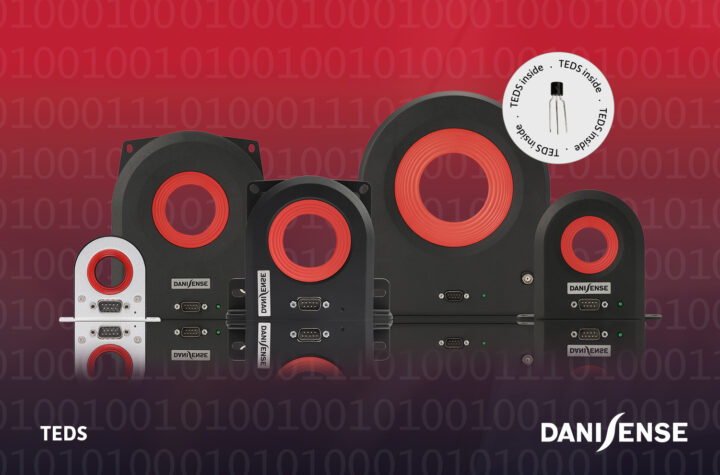
Onboard gyroscopes are helping improve safety – and they’re getting smaller and more powerful.
One of the leaders in the field is SensorDynamics, a producer of sensors for the automotive and manufacturing industries, recently announced the launch of the micromechanical SD721 and SD751 gyroscopes (angular rate sensors), a solution that integrates monitoring circuitry at chip and module level to make it absolutely fail-safe. Automotive Industries (AI) interviewed SensorDynamics CEO, Hubertus Christ, and asked him to tell us more about the company.
Christ: SensorDynamics is a fast-growing semi-fabless semiconductor company that focuses on innovative sensor solutions for high volume applications in the automotive field and industry. SensorDynamics develops and supplies fail-safe micro and wireless semiconductor sensor systems for automotive key accounts mainly and is certified under TS16949. The company acts as a general contractor with in-house MEMS production and cooperates closely with world-leading suppliers of manufacturing and testing technologies. We are headquartered in Austria and have subsidiaries in Italy, Germany, Slovenia and France.
AI: Can you expand on your failsafe features and other developments?
Christ: The SD721’s and SD751’s monitoring circuitry that encompasses both the sensor element and all analogue digital blocks is in response to high safety standards, especially in the automobile sector. This circuitry alerts immediately if a parameter goes out of precisely defined limits. More than 40 parameters are monitored to ensure that it is completely fail-safe. All design measures involved in achieving this are to IEC 61508 standard. Failure of the gyroscope is communicated to the superordinate microcontroller on an SPI interface plus a hard-wired line. The sensor is also able to monitor the microcontroller by means of a handshake. If the latter should fail, the sensor may cut out the entire module. On the strength of this design, the micromechanical gyroscope achieves SIL 2 at component level and SIL 3 at system level.
Precise FMEA, multiple levels of circuit supervision and redundant transfer of a fault message have enabled us to create fail-safe sensors for a very wide market. An operating temperature range of up to 125°C makes the SD721 and SD751 extremely flexible in terms of placement. It can be installed in the passenger compartment of a vehicle or under the bonnet. It also exhibits extremely low cross-sensitivity to rotation on other axes and acceleration. Other features include a small offset error and extremely fast recovery after impact. This is only 5 milliseconds after a 50g shock, with 1g being the equivalent of gravitational acceleration.
AI: What applications do your sensors support?
Christ: Gyroscopes measure the speed of rotation of a body. They can therefore be used to reliably identify common and dangerous situations such as skidding or overturning vehicles – classic uses in the automotive field. For instance, a special-purpose sensor of this kind can help to compensate skidding movements as part of an electronic stabilizing or dynamics control system. It will also recognize that a vehicle is overturning and trigger a head airbag. If GPS guidance fails, it can also detect the driving direction and support a vehicle’s navigation system by calculating its position from the direction and speed.
The SD721 and SD751 can also be recommended for stabilizing platforms in safety-relevant industrial applications. Likewise conceivable is its use in high-grade consumer applications such as camcorders or game consoles to detect tipping motion.
AI: Tell us about the manufacturing process your products.
Christ: The second-generation sensor element is being manufactured at the automotive-certified SensorDynamics site for MEMS sensors in Northern Germany. The ASIC that forms part of the SD721 and SD751 comes from the semiconductor fab of ST Microelectronics. The two components are SOIC28 or OC24 packaged and tested by ASE in Korea.










More Stories
CGD DEMONSTRATES SUPERIORITY OF ICeGaN IN MOTOR DRIVES, DATA CENTRES AND EVS AT PCIM 2025
Danisense exhibits at PCIM Expo 2025 in Nuremberg, Germany, May 6 – 8
Bridging the Gap Between Performance and Practicality